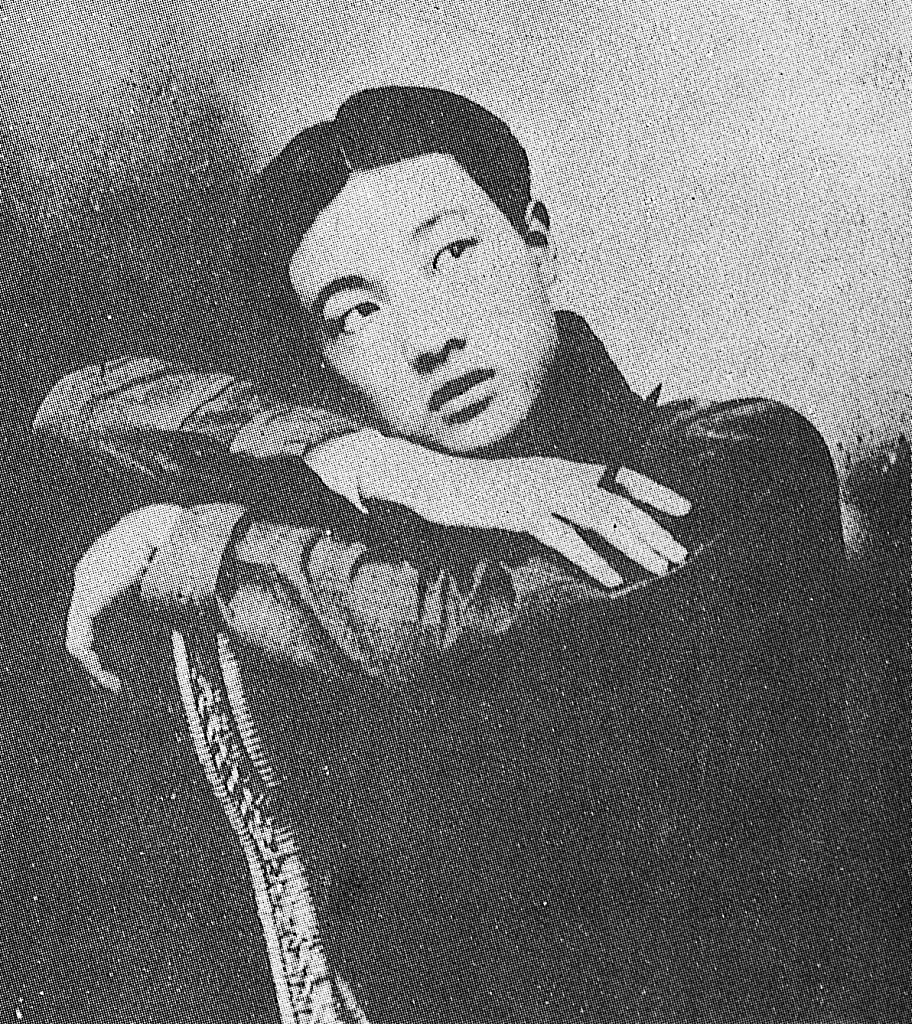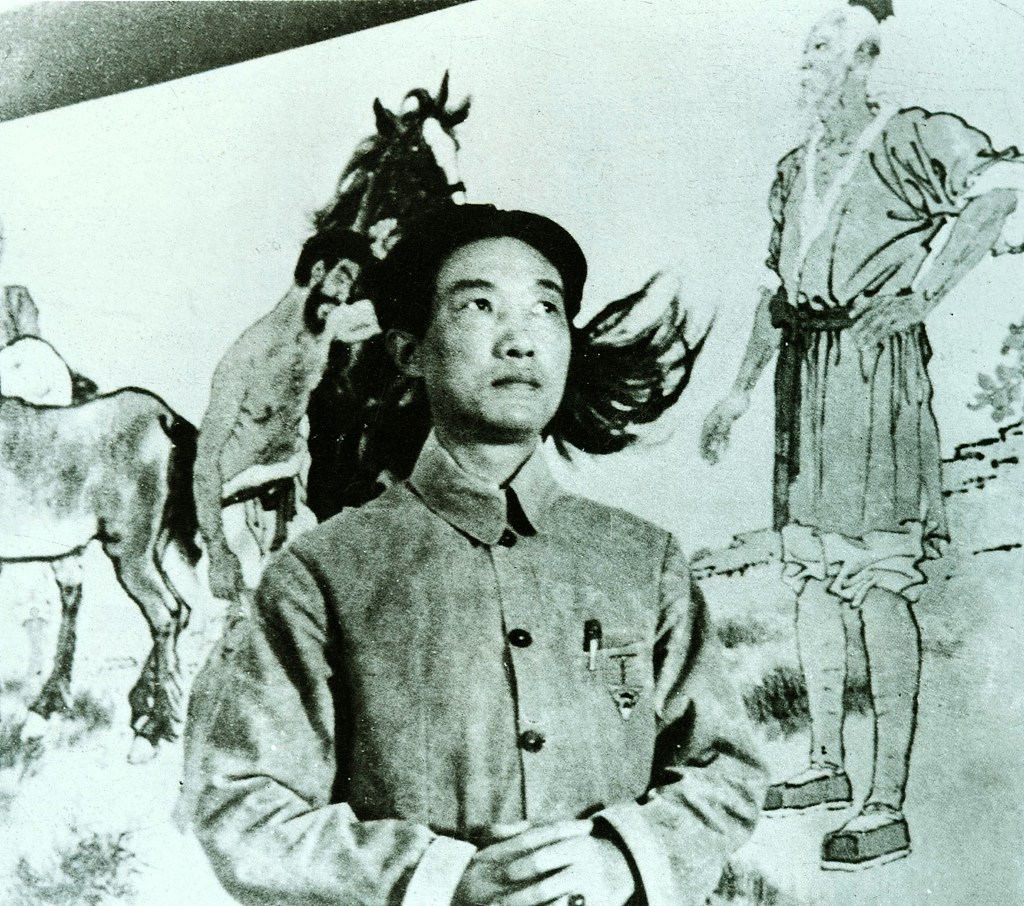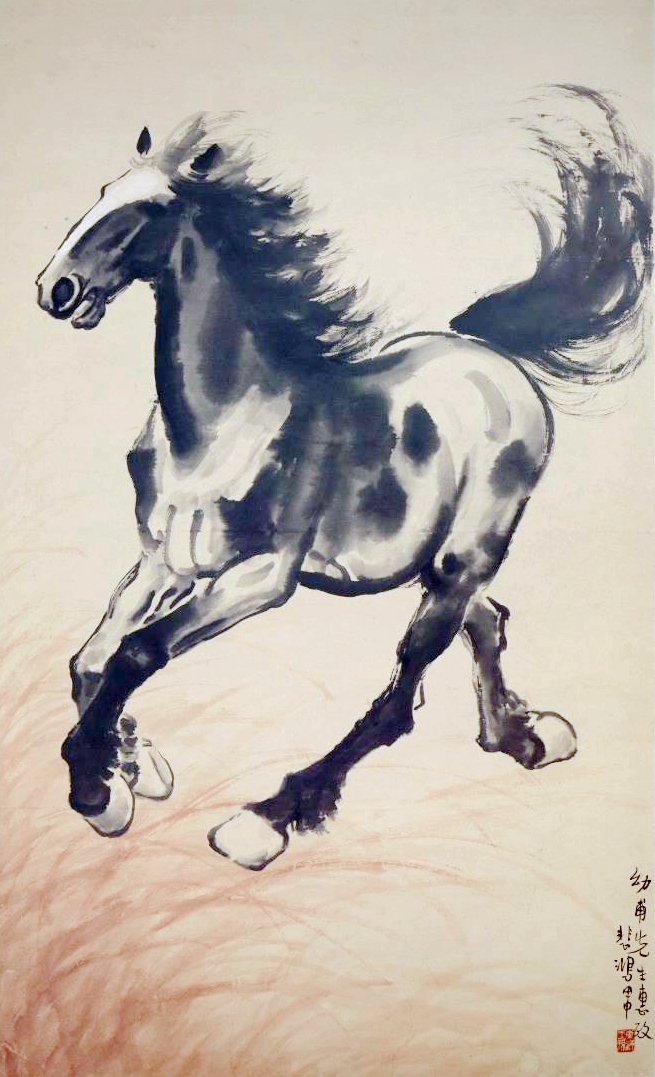
File photo of Xu Beihong in 1912 /CFP
File photo of Xu Beihong in 1912 /CFP
Xu Beihong, a Chinese painting master and art educator, has left a profound impact on the field of Chinese art history. His contributions to the development of Chinese art are invaluable, and his journey of studying in France had a far-reaching influence on his artistic development.
In May 1919, Xu arrived in Paris, France, and immediately immersed himself in the world of art. He visited the Musée du Louvre, where he marveled at world-famous masterpieces such as Leonardo da Vinci's "Mona Lisa" and Jacques-Louis David's "Oath of the Horatii." He also encountered the works of esteemed painters like Claude Monet, Henri Rousseau, Edgar Degas, Auguste Rodin, Pierre-Auguste Renoir, and others in various art salons. These masterpieces deeply impressed Xu and prompted him to diligently study the techniques used in Western art to depict objects.

Xu Beihong holds a charity exhibition and donates all the proceeds from the sale of his paintings to support the frontline troops in the Chinese People's War of Resistance Against Japanese Aggression In 1938. /CFP
Xu Beihong holds a charity exhibition and donates all the proceeds from the sale of his paintings to support the frontline troops in the Chinese People's War of Resistance Against Japanese Aggression In 1938. /CFP
Xu's time in France injected new vitality into his artistic career, broadening his artistic horizons and laying the foundations for his unique style. The equestrian center in Paris became a beloved place for Xu Beihong. He often sketched there and meticulously studied horse anatomy, amassing over a thousand sketches. This laid the solid groundwork for his later depictions of horses in various postures, including standing, drinking, running and in herds.
In 1923, Xu excelled at the Ecole Nationale Superieure des Beaux-Arts, completing courses in art history, art theory, perspective and anatomy. As the years passed, he honed his skills, and his mastery matured. During these years in France, Xu produced numerous powerful figure studies, including sketches and oil paintings, which provided a strong foundation for his future creations.
In the spring of 1927, Xu embarked on his journey back to China. Upon his return, he combined the Western art elements he had studied in France with traditional Chinese painting. His works incorporated traditional Chinese ink brush techniques with Western perspectives and color application, resulting in a captivating new style.

"Galloping Horse" by Xu Beihong /CGTN
"Galloping Horse" by Xu Beihong /CGTN
Through Xu's rich expressiveness, he created a series of masterpieces with distinct Chinese characteristics, among which "Galloping Horse" is one of the most famous. These works not only captivated the Chinese audience with the allure of Western modern art but also showcased the brilliance of Chinese modern art to the world.
The infusion of Western concepts and techniques ignited a vibrant vitality in Chinese painting. Xu Beihong's study journey in France became a glorious chapter in Chinese art history, and his artistic innovations and educational influences have rendered him an indelible figure in the annals of modern Chinese art.